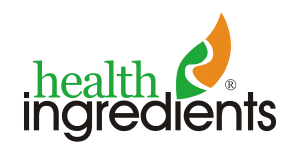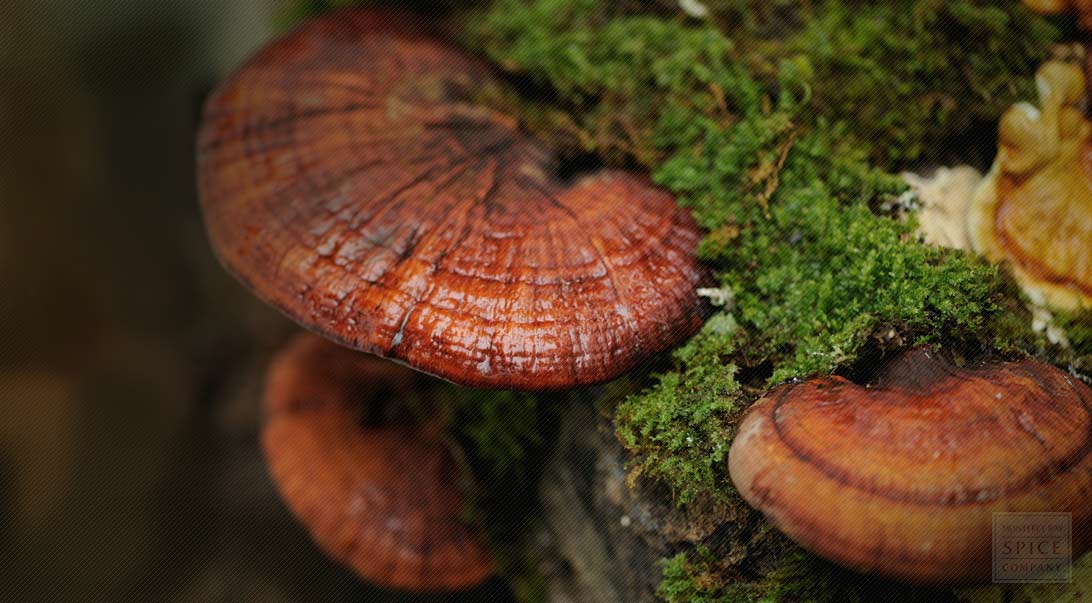Mushrooms have been valued for centuries in traditional medicine for their health-promoting properties. Modern research has identified bioactive compounds such as polysaccharides and triterpenes as key contributors to their medicinal effects. These compounds exhibit diverse pharmacological activities, including immunomodulation, anti-cancer effects, and antioxidant properties, making them promising candidates for therapeutic applications.
Mushroom Polysaccharides Triterpenes: Immune Modulators and Anti-Cancer Agents
Polysaccharides, particularly β-glucans, are the most studied bioactive compounds in mushrooms. They are known for their ability to enhance immune function by activating macrophages, natural killer (NK) cells, and dendritic cells. For instance, lentinan from Lentinula edodes (shiitake) and polysaccharide-K (PSK) from Trametes versicolor have been used as adjunct therapies in cancer treatment due to their ability to stimulate immune responses and inhibit tumor growth.

Additionally, mushroom polysaccharides exhibit antioxidant and anti-inflammatory effects, which help mitigate chronic diseases such as diabetes and cardiovascular disorders. Their ability to modulate gut microbiota further supports metabolic health, highlighting their potential in preventive medicine.
Triterpenes: Anti-Inflammatory and Anti-Tumor Properties
Triterpenes are another major class of bioactive compounds found in mushrooms, particularly in Ganoderma lucidum (reishi). These compounds exhibit strong anti-inflammatory, hepatoprotective, and anti-cancer activities. For example, ganoderic acids from reishi mushrooms have been shown to inhibit tumor cell proliferation and induce apoptosis.
Moreover, triterpenes possess antimicrobial and antiviral properties, making them valuable in combating infections. Their ability to modulate lipid metabolism also suggests potential applications in managing obesity and hyperlipidemia.
Synergistic Effects and Future Perspectives
The combination of polysaccharides and triterpenes in mushrooms may produce synergistic effects, enhancing their therapeutic potential. However, further clinical studies are needed to standardize dosages and evaluate long-term safety. Advances in extraction techniques and biotechnology could improve the bioavailability of these compounds, paving the way for novel nutraceuticals and pharmaceuticals.
Conclusion
Mushroom polysaccharides and triterpenes represent a promising frontier in natural medicine. Their immunomodulatory, anti-cancer, and anti-inflammatory properties underscore their potential in disease prevention and treatment. As research progresses, these compounds may play an increasingly significant role in integrative and functional medicine.
Organic Mushroom Powder
- Organic Reishi Mushroom
- Organic Shiitake Mushroom
- Nature’s Power, Pure & Simple




